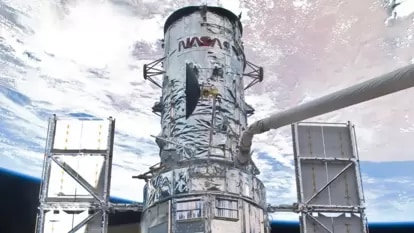WARNING! Geomagnetic Storm set to hit Earth TOMORROW
G1 Geomagnetic Storm hit Earth on October 29, 2022 as the volatile Sun shoots of huge amounts of energy. Here is all you need to know.
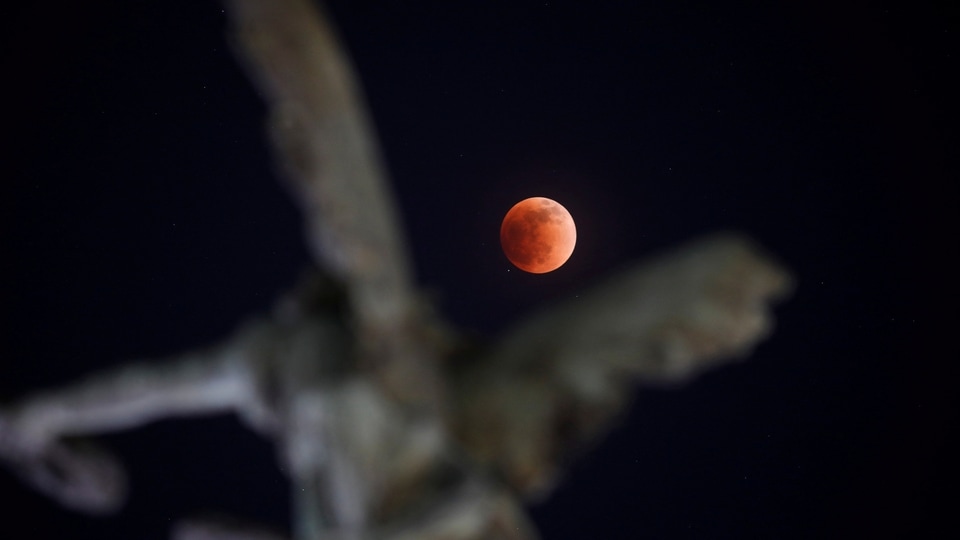
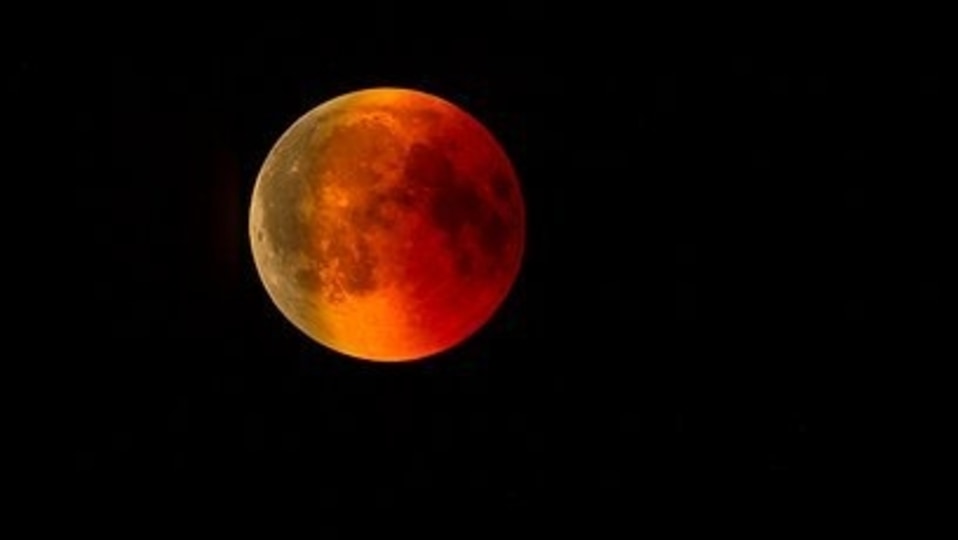
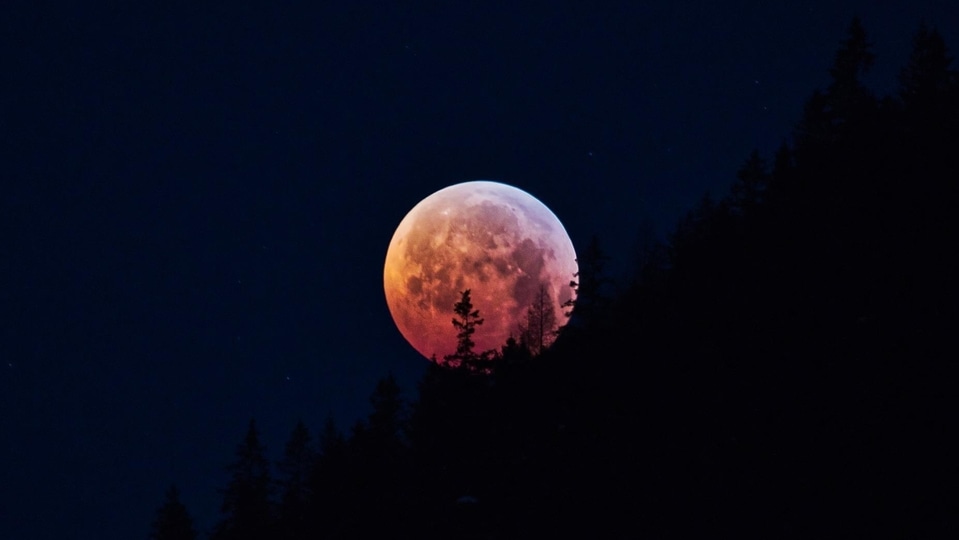
_1651891018983_1651891041408.jpg)
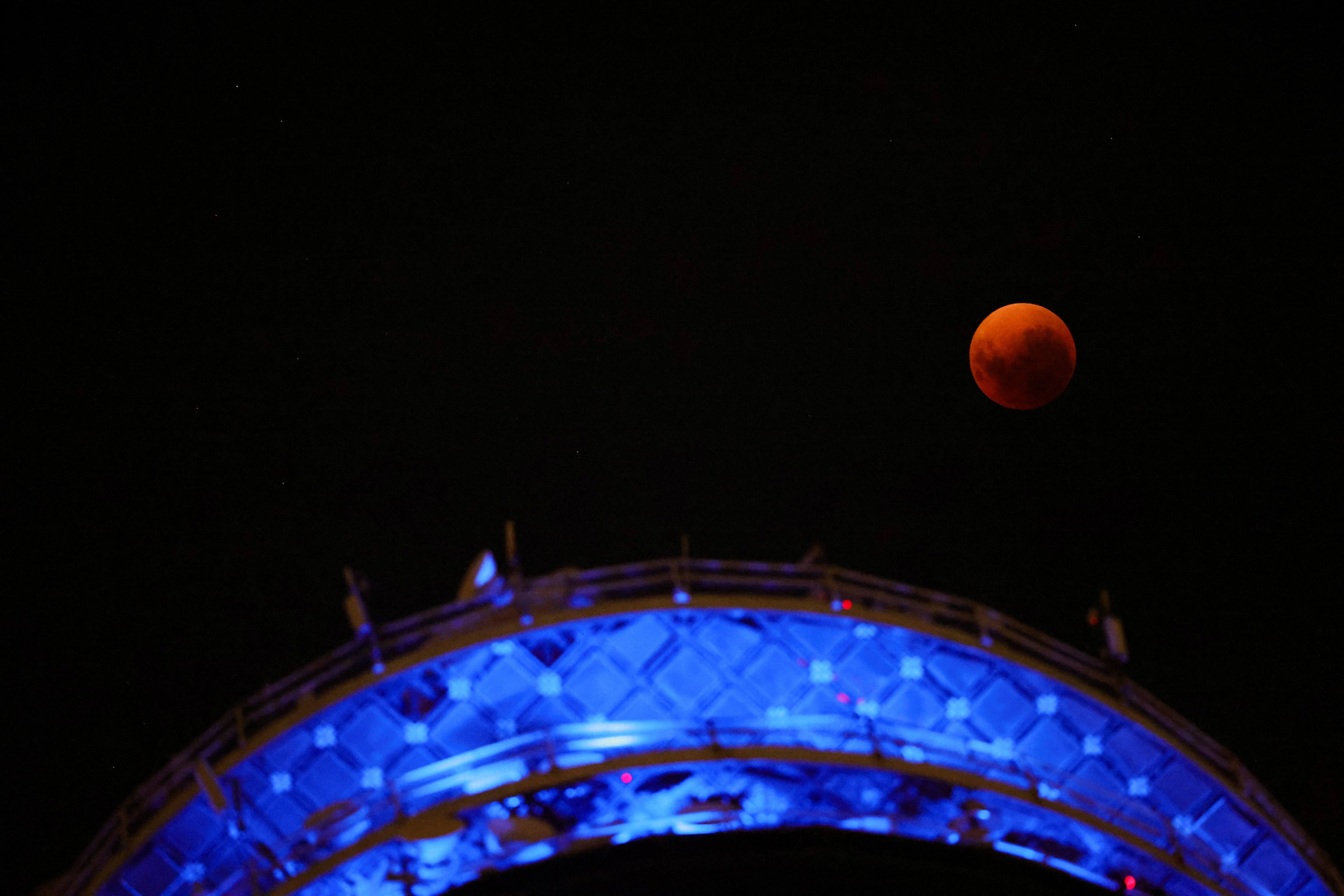
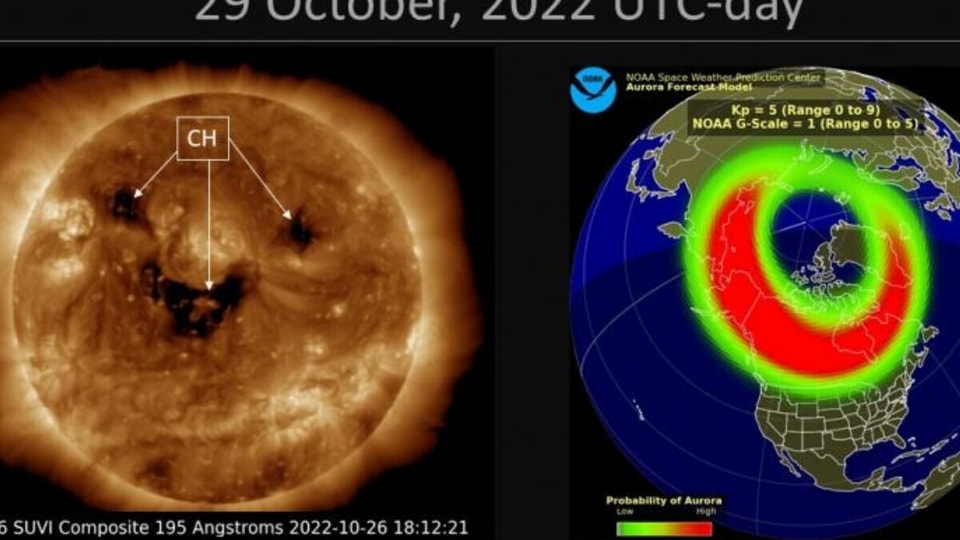
 View all Images
View all ImagesSun, which is the ultimate source of energy for Earth, will spark a G1 geomagnetic storm on planet Earth on Saturday, October 29. Informing about the same NASA's Space Weather Prediction Center (SWPC) said that a G1 (Minor) Geomagnetic Storm Watch is in effect for October 29 due to anticipated coronal hole high speed stream influences spewed by the Sun. "An approaching co-rotating interaction region ahead of the first of three positive polarity coronal hole high speed streams (CH HSS) is anticipated to enhance and disturb the solar wind environment and lead to unsettled conditions, with a chance for active levels and slight chance of G1 storms as early as 27 October," it said.
NASA's SWPC further said, "the CH HSS onset and enhanced influences on 28 October are expected to cause unsettled to active levels, with an increased chance of G1 storms. Another CH HSS is expected to begin influencing the solar wind field with additional enhancements on 29 October, leading to unsettled to active conditions, with likely periods of G1 storm levels. While the forecast for 30 October through 2 November is still being worked, it is anticipated that CH HSS influences will keep the solar wind field disturbed and enhanced throughout this period."
Here is all you need to know about the geomagnetic storms:
What is a geomagnetic storm?
A geomagnetic storm is a major disturbance of Earth's magnetosphere that occurs when there is a very efficient exchange of energy from the solar wind into the space environment surrounding Earth. These storms result from variations in the solar wind that produce major changes in the currents, plasmas, and fields in Earth's magnetosphere, according to SWPC.
Also, the solar wind conditions that are effective for creating geomagnetic storms are sustained (for several to many hours) periods of high-speed solar wind, and most importantly, a southward directed solar wind magnetic field (opposite the direction of Earth's field) at the dayside of the magnetosphere. This condition is effective for transferring energy from the solar wind into Earth's magnetosphere.
The largest storms that result from these conditions are associated with solar coronal mass ejections (CMEs) where a billion tons or so of plasma from the sun, with its embedded magnetic field, arrives at Earth. CMEs typically take several days to arrive at Earth, but have been observed, for some of the most intense storms, to arrive in as short as 18 hours.
Another solar wind disturbance that creates conditions favorable to geomagnetic storms is a high-speed solar wind stream (HSS). HSSs plow into the slower solar wind in front and create co-rotating interaction regions, or CIRs. These regions are often related to geomagnetic storms that while less intense than CME storms, often can deposit more energy in Earth's magnetosphere over a longer interval.
Catch all the Latest Tech News, Mobile News, Laptop News, Gaming news, Wearables News , How To News, also keep up with us on Whatsapp channel,Twitter, Facebook, Google News, and Instagram. For our latest videos, subscribe to our YouTube channel.




